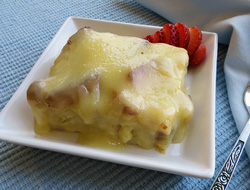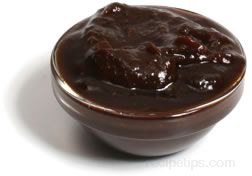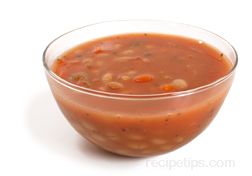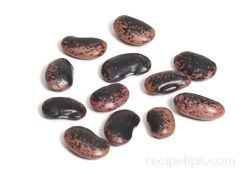Vanilla beans can be used in raw form as a flavoring, which is probably the best way to impart the most flavor of vanilla into a food or food ingredient. In addition, the beans can be used to make vanilla powder, vanilla extract and vanilla essence. Vanilla powder is a substance made by grinding the beans into a powder form. It is most often used to flavor baked foods, since the powder form retains its flavor when exposed to heat. Vanilla extract or single strength vanilla extract is a stronger, liquid form of the flavoring and is often used to flavor brownies, cookies and a variety of cakes. Extract is aged from 2 to 6 months and contains a minimum of 35% alcohol. If the extract does not contain the minimum amount of alcohol, it is considered a flavoring, not an extract. Vanilla essence, double strength extract or double fold vanilla are all stronger forms of the liquid flavoring and should be used sparingly when added to foods. British vanilla essence, however, is the same as single strength vanilla extract.
Raw vanilla beans can be prepared for use several different ways. If they are being used in desserts such as ice cream, custards, creme sauces, or any liquid textured dessert, the bean skin and seeds can be added to the water being steeped for the dessert. Simply slice the bean lengthwise exposing the mass of seeds within the pod. Using the tip of a knife, scrape the seeds into the steeping water and then drop the bean skin in as well. Prior to baking or freezing the dessert, remove the bean skin leaving the seeds as a flavoring ingredient. When making desserts that are not liquid-based, such as cheesecake, add only the seeds to the cheesecake batter. As a guide, approximately 1" of a vanilla bean = 2 teaspoons of extract.
For storage, vanilla beans can be kept somewhat moist for 6 months if placed in an airtight container, in a cool dry area, away from light. If excessive heat and/or moisture is allowed to penetrate the bean, mildew may form and spoil the bean. Beans stored in refrigerated areas may become hard and crystalize, but it is an alternative if no other cool dry area is available for storage. Vanilla beans can whither and become dry, but still be usable. Therefore, if the bean dries out, rehydrate the bean in a warm liquid such as water, vanilla extract or vodka. Then extract the seeds for use in flavoring a food. Vanilla extracts can be stored indefinitely without losing much flavor. Similar to the bean, keep the extract in a cool dry area away from heat.
When selecting beans, choose those that are plump and approximately 5 to 8 inches in length. They should have a rich aroma and a somewhat oily skin with a smooth, dark brown outer surface. Beans that are dry, wrinkled in appearance and lack an aroma should not be selected. The bean should feel somewhat moist and definitely not brittle.















